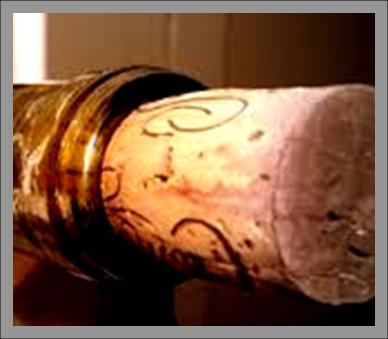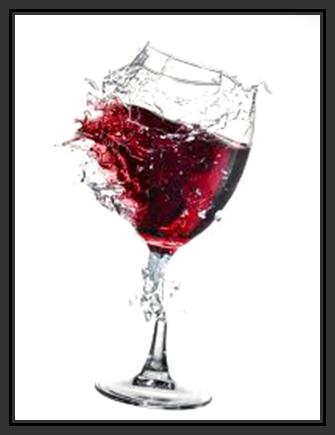Have you encountered a wine that smells like nail polish? Or perhaps one that has a musty old attic smell and tastes like a wet newspaper? These are the things that a wine lover won’t desire to encounter. These are called “wine flaws”.
Wine flaws are usually caused by poor wine making practices or wine cellar management errors, making wine undesirable and undrinkable to many wine lovers. What are the common wine flaws? How would you identify it ? These are the things that we will tackle on this blog.
Trichloranisole
Wine flaws can be detected by the wine’s smell, taste, and color. One of the common wine flaws is “TCA” or Trichloranisole. It is caused by a poor wine cellar environment and the presence of chlorine in the cork bark or wood which makes the wine smell like moldy or wet cardboard. We can say that a wine has deteriorated if it lacks intensity in its fruitiness.
Oxidation

Mercaptans
One of the big worries of winemakers is the production of “Mercaptans” which cause alterations in the flavor of wines. A wine affected by this becomes faulty and smells like a rotten egg or skunk. When sulfur compounds are mishandled during the wine making process, something like this will occur.
Brettanomyces
Yeast is one of the main ingredients of wine that plays a significant role during the fermentation process. It contains “Brettanomyces,” (also called “Brett”,) a kind of fungi that grows in wine and produces several compounds that can alter the wine’s palate and bouquet. When mishandled, it could be disastrous for both wine makers and drinkers. You can tell that the wine has been affected by Brett when it smells like a wet dog, barn yard, sweaty saddle, or chicken coop.
Volatile Acidity
If a wine smells like nail polish remover, vinegar, or paint thinner, it has been affected by “VA” or “Volatile Acidity”. VA enhances the aroma and flavor of wine, but excessive amounts of volatile acid in the wine can lead to wine spoilage.
We have identified some of the common wine flaws and also learned how to detect them using our senses. Having the ability to point out wine flaws can result in a wonderful wine drinking experience in your New Jersey wine cellar with friends.

 Call us to receive your custom quote
Call us to receive your custom quote 





